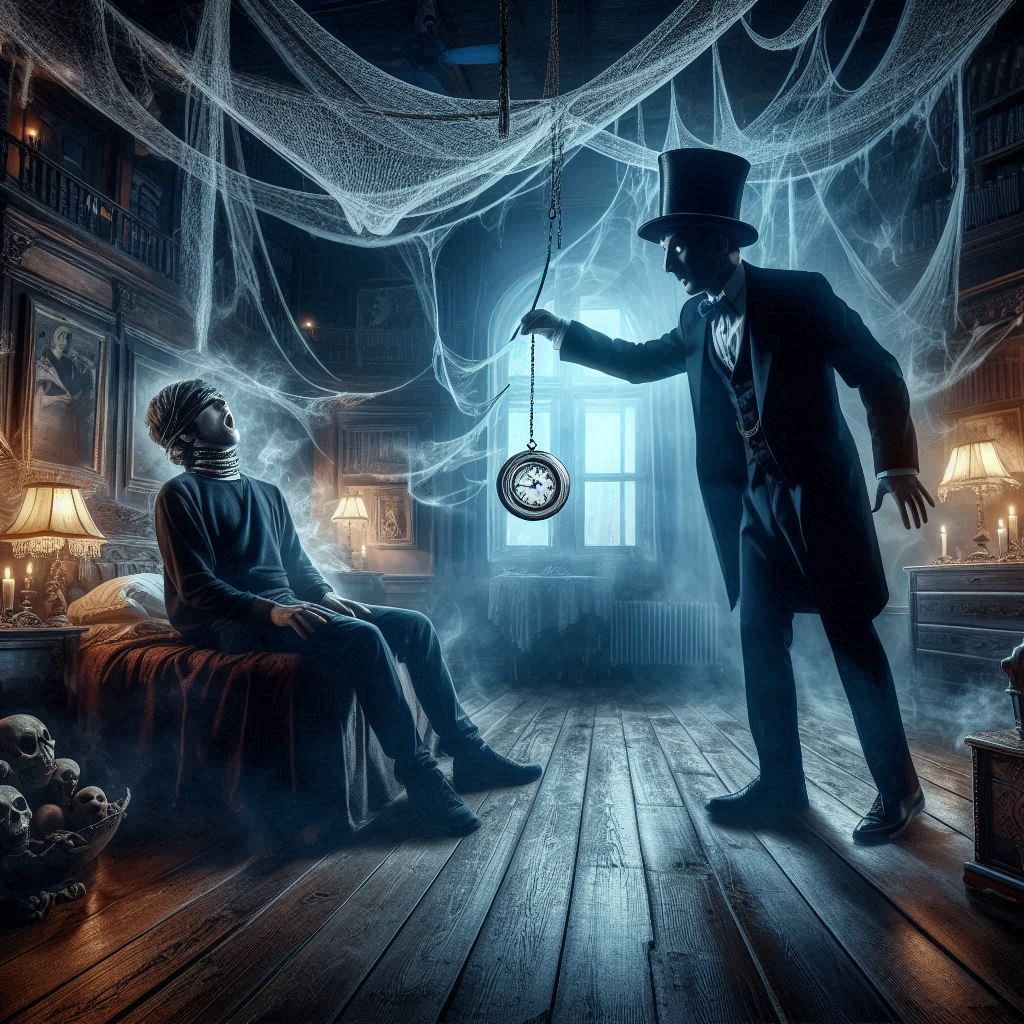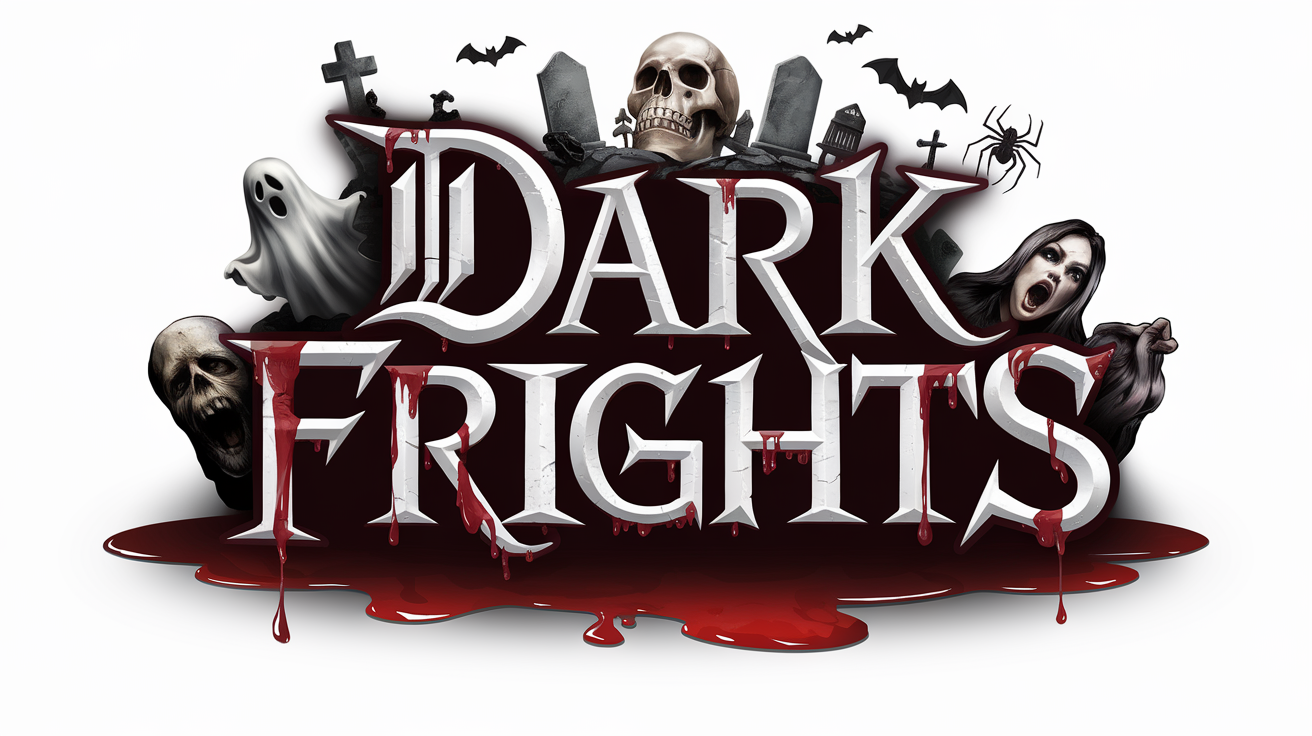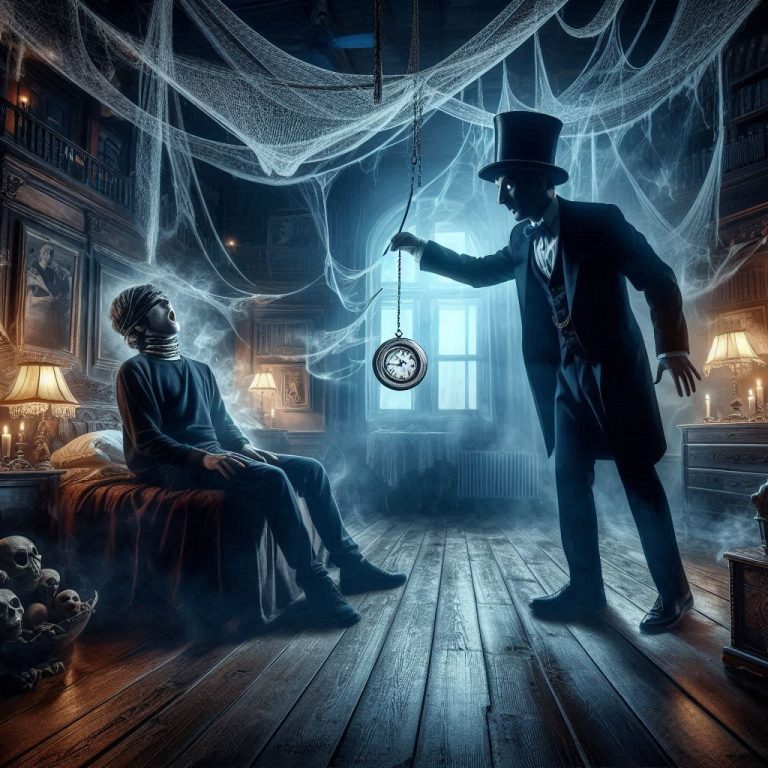Hypnosis in horror films is a fascinating topic that delves into the intersection of psychology, fear, and the supernatural. Hypnosis, often portrayed as a tool for mind control or unlocking hidden memories, has been a staple in horror cinema for decades. Its use taps into deep-seated fears about losing control and the unknown workings of the human mind.
The Allure of Hypnosis in Horror: Hypnosis is inherently mysterious. It involves altering a person’s state of consciousness, making them more susceptible to suggestion. This altered state can be both intriguing and terrifying, as it blurs the line between reality and illusion. In horror films, this ambiguity is exploited to create suspense and fear.
Classic Examples: One of the earliest examples of hypnosis in horror is the 1920 silent film “The Cabinet of Dr. Caligari.” In this film, Dr. Caligari uses hypnosis to control a somnambulist, Cesare, to commit murders. The film’s expressionist style and twisted narrative make it a landmark in horror cinema.

Another notable example is Alfred Hitchcock’s “Spellbound” (1945), where hypnosis is used to uncover repressed memories. The film’s famous dream sequence, designed by Salvador Dalí, adds a surreal and unsettling layer to the story.
Modern Interpretations: In more recent years, films like “Get Out” (2017) have used hypnosis to explore themes of control and exploitation. In “Get Out,” the protagonist, Chris, is hypnotized by his girlfriend’s mother, leading to a terrifying revelation about the family’s true intentions. The film uses hypnosis not just as a plot device, but as a metaphor for the insidious nature of racism.
Psychological Impact: The use of hypnosis in horror films often plays on the fear of losing control. Being hypnotized means surrendering one’s will to another, which can be a deeply unsettling thought. This fear is compounded by the idea that under hypnosis, one might reveal secrets or be compelled to act against their will.
KO’s Conclusion:
Hypnosis in horror films continues to captivate audiences because it taps into primal fears about the mind and control. Whether used to unlock hidden memories, control actions, or explore deeper societal issues, hypnosis remains a powerful tool in the horror filmmaker’s arsenal. Its ability to blur the lines between reality and illusion ensures that it will remain a staple of the genre for years to come.

